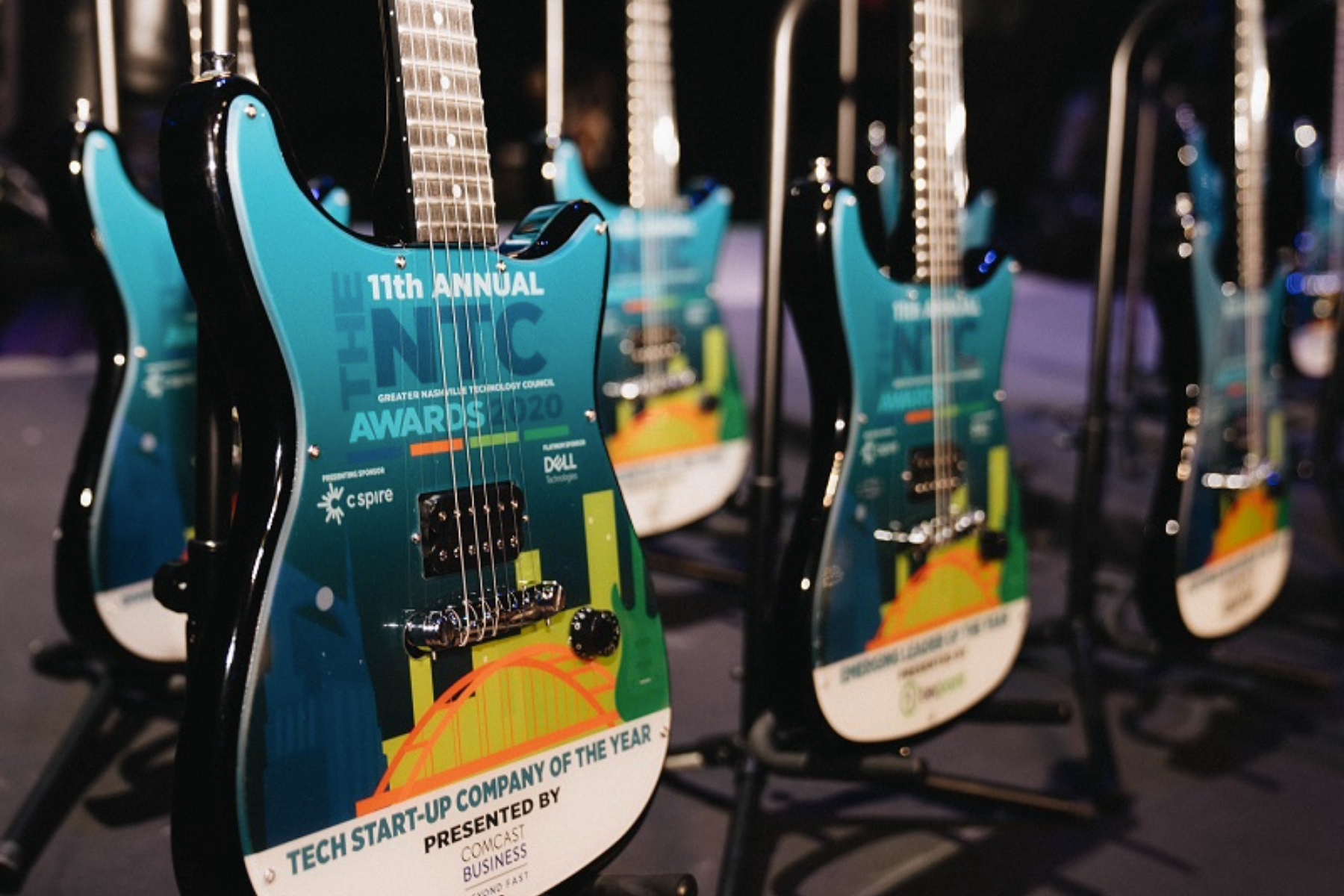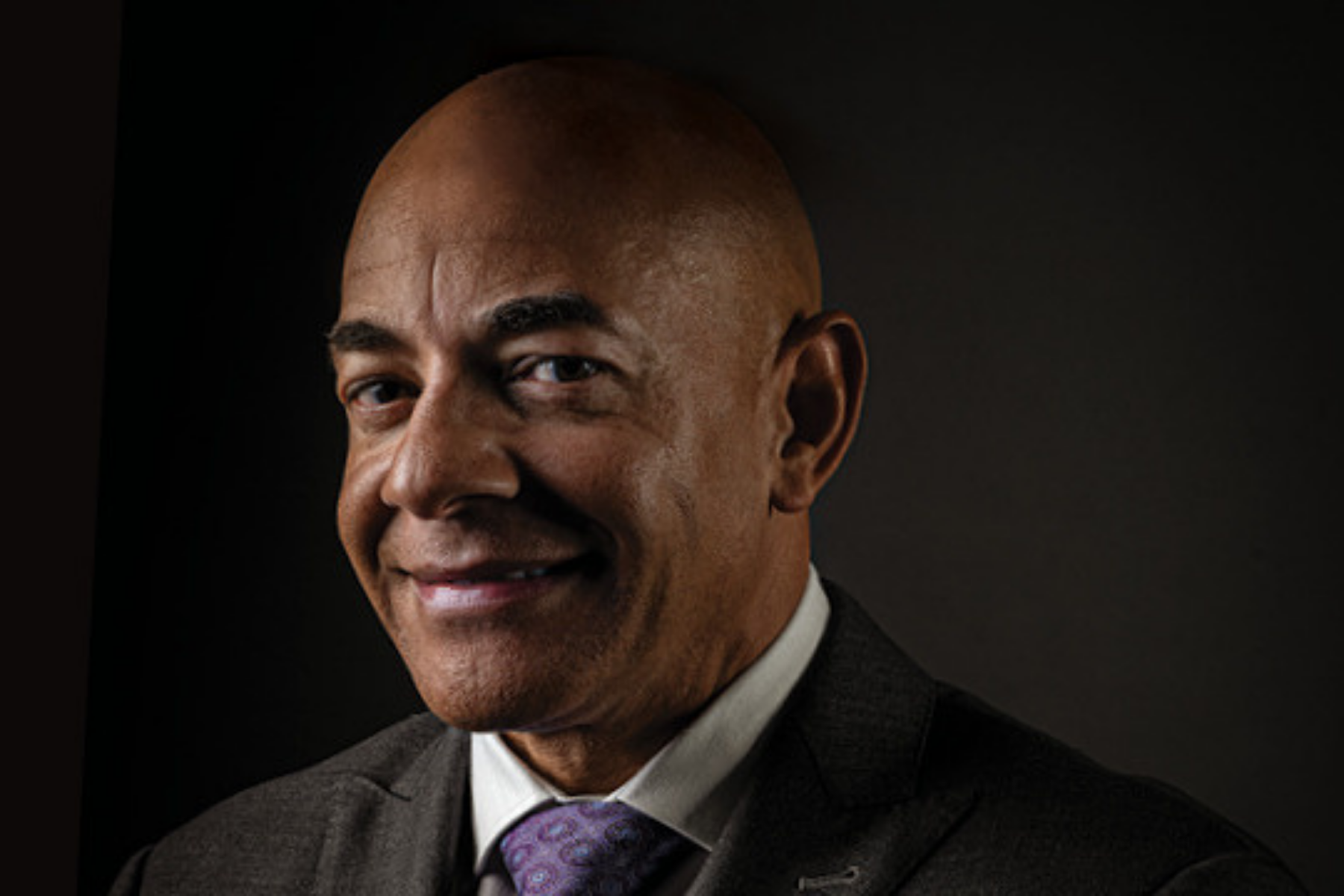Building a Future-Ready Supply Chain
The average U.S. grocery store stocks more than 33,000 SKUs, nearly four times as many as in 1975. BMW offers so many customizations they could run a single manufacturing plant every day for an entire year and never produce the same car twice. You can now buy a single shoe from Zappos, or even a pair of running shoes in two different sizes.
We’ve witnessed the rise of consumer expectations, driven by an abundance of product choice and personalization, information, reviews and experience innovations from perennial brands and startups alike. With social networks, same-day delivery and supercomputers in everyone’s pockets, consumers can not only purchase instantly, but they know as much about products, services and pricing as you do.
As of 2016, Netflix’s personalized recommendation algorithms produce $1 billion a year in value from customer retention. Chase Bank, which serves nearly half of America’s households, invests $11 billion a year on technology to help better understand consumer wants and needs.
We’ve moved through the age of manufacturing, distribution and information into a fourth age, appropriately called the age of the customer. Defined by Forrester as a power shift from sellers to the consumer, this age is differentiated through purchasing behaviors that are reshaped by the digital era and loyalty directly tied to the customer experience.
Leading the way are digital-first and omnipresent retailers with a distinct advantage over their competition by exceeding customer expectations at every touchpoint. To truly operate in a connected way, you must integrate digital and physical sales channels with operational and finance systems to meet increased demand and deliver customer satisfaction whatever-whenever-wherever.
Begin With The Customer in Mind
Today’s consumers are better informed, better connected and more demanding than ever before. They expect personalized cross-channel shopping with multiple delivery options, assurance of stock levels and delivery times, shipping communications in real-time and hassle-free returns. Behind the scenes of increasingly demanding consumers and marketplace disruptions is the key to a great customer experience – the supply chain.
Today’s drivers of customer satisfaction online are: total price, transactional ease, assortment breadth, delivery modality and delivery assurance. Linear supply chains are not designed to solve complex challenges dynamically in real time, meaning if you can’t fulfill through your supply chain on the back-end – you won’t deliver customer satisfaction on the front end. The ability to see consumption and inventory data is key to improving customer service and managing costs across the value chain. To capture sales, consumer-centric organizations must quickly pivot strategies across the buying journey to create a distinctive customer experience. Seventy-seven percent of consumers say inefficient customer experiences detract from their quality of life, proving that proactive, connected supply chains are the key to transforming customer satisfaction and building loyalty.
Innovation Into Insights
The biggest limitation for future-ready supply chains is no longer technology and what it can do, but rather the connected mindset of those who leverage them. With large companies having invested, on average, $153.4 million to transform their supply chain for growth over the past three years, only 10% reported successfully reshaping their supply chains to create an impact on their topline growth. Once again proving that investing in digital transformation is a fruitless effort if organizations don’t leverage insights to reconstruct their processes to exceed customer expectations.
According to a 2013 survey from Deloitte, 53% of respondents stated margin erosion was one of the two most costly byproducts of supply chain disruptions and inefficiencies. On the other hand, more than two-thirds of leading companies’ 13% average revenue growth came from investments in technology. Businesses need to rethink the core processes by which they measure productivity and profitability and refocus on investing in emerging technologies that aggregate customer information, manage inventory, forecast buying patterns and predict demand at every stage of the supply chain.
By connecting back-end processes to the frontend customer experience, businesses can simultaneously solve complex challenges dynamically in real-time, improve customer service and manage costs across the supply chain. The combination of humans, machines, data-driven analytics and predictive insights that are interdependent on one another is proven to create a more agile, proactive supply chain.
Exceeding Customer Experience
Increased flexibility and choice have given consumers the power to dictate when, where and with who they purchase from—meaning it’s not just about sales transactions anymore. As the mindset shifts from purchasing products and services to experiences, consumers increasingly expect to be sold a holistic package. As America’s favorite fast food chain, the “my pleasure” that comes with a Chick-fil-A order earned a 2019 ACSI score of 86, which tied for best overall across all industries. To fulfill chicken sandwich cravings, supply chains play a crucial role in creating this value-driven customer experience.
Through a seven-year transformation, Best Buy overcame the Amazon effect through a consumer-centric strategy nicknamed “Renew Blue.” The consumer electronic retailer saved $200 million by working with suppliers to design and ship TVs in a way that would keep them from breaking. By simply making their logistic processes more efficient, and reimagining both in-store and online experiences to meet individual customer needs, Best Buy saved almost $2 billion in costs and matched Amazon on both price and speed of delivery.
High-performing organizations recognize how every step of the buying journey needs to be closely aligned to their consumer. Research from the largest IT leadership survey found that consumer-centric organizations like Chick-fil A and Best Buy are 38 percent more likely to report greater profitability than competitors. In the age of the customer, businesses’ connected supply chain must be driven by their ever-changing needs and responsive to their demands.
Getting Started
To differentiate from competitors, connected businesses seek to create value and meet diverse needs across the entire consumer buying journey. To do so successfully, future-ready organizations must ensure their back-end processes and systems are connected across all consumer touchpoints.
As we continue to explore these qualities in our blog series, your organization can unlock predictability, visibility and speed of delivery like never before. Up next we will explore how visibility to data and events across all functional domains and connecting business partners within and across the organization enables effective supply chain execution.
Read the Latest
If you enjoyed reading this, then please explore our other articles below:



